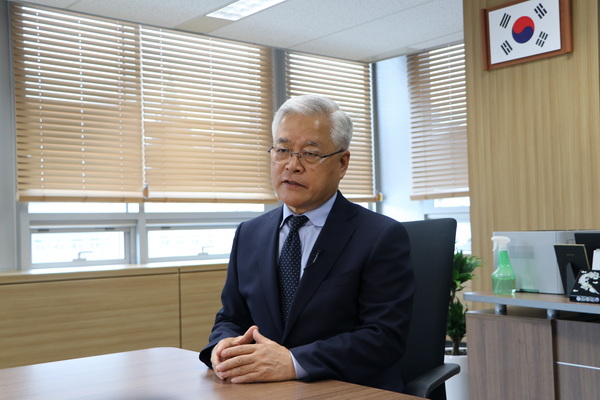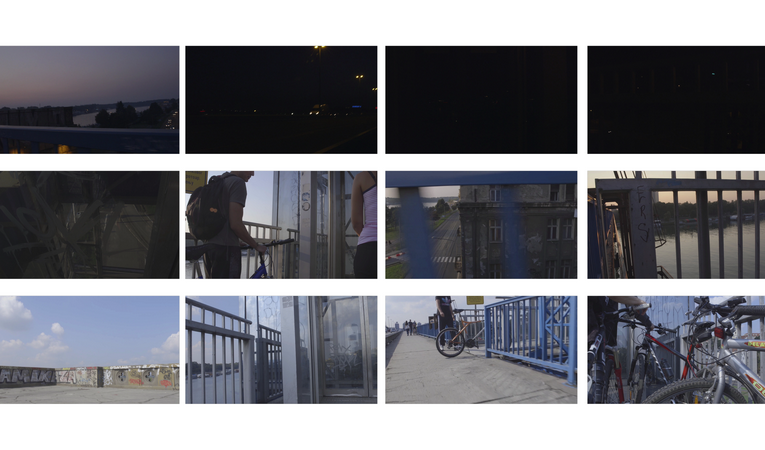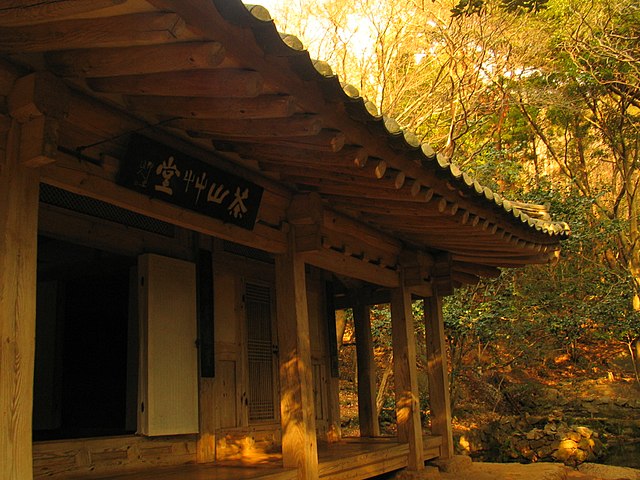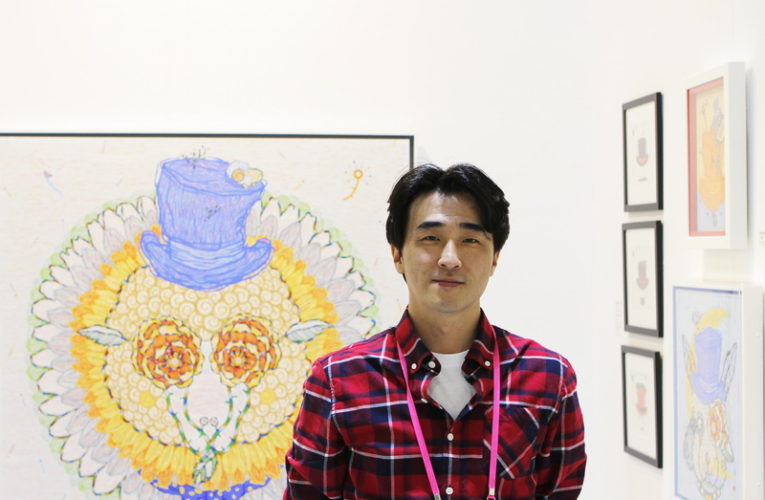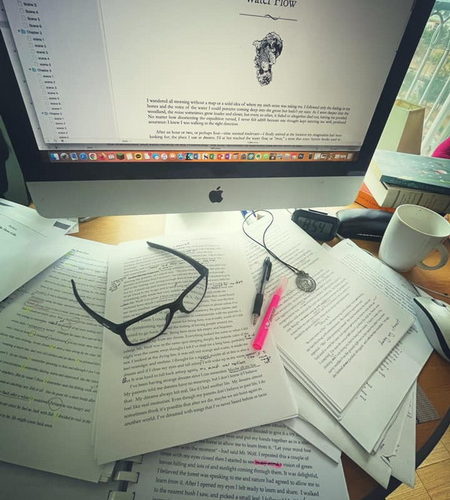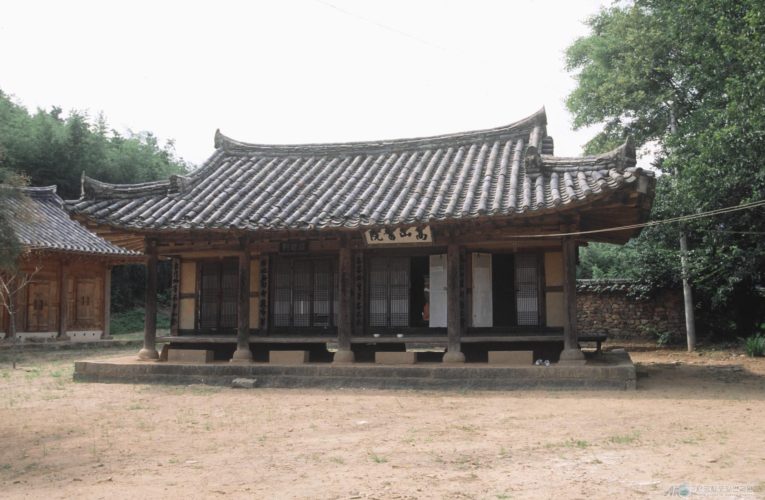Interview with Song Seon-tae: Head of the May 18 Democratization Movement Truth Commission
The indebtedness of the survivors of May 18 should not be trapped by inaction but rather spurred into action to give back. The dedication of the survivors has managed to reveal the truth of the uprising with the help of national and international organizations, as well as activists and even non-activists.





